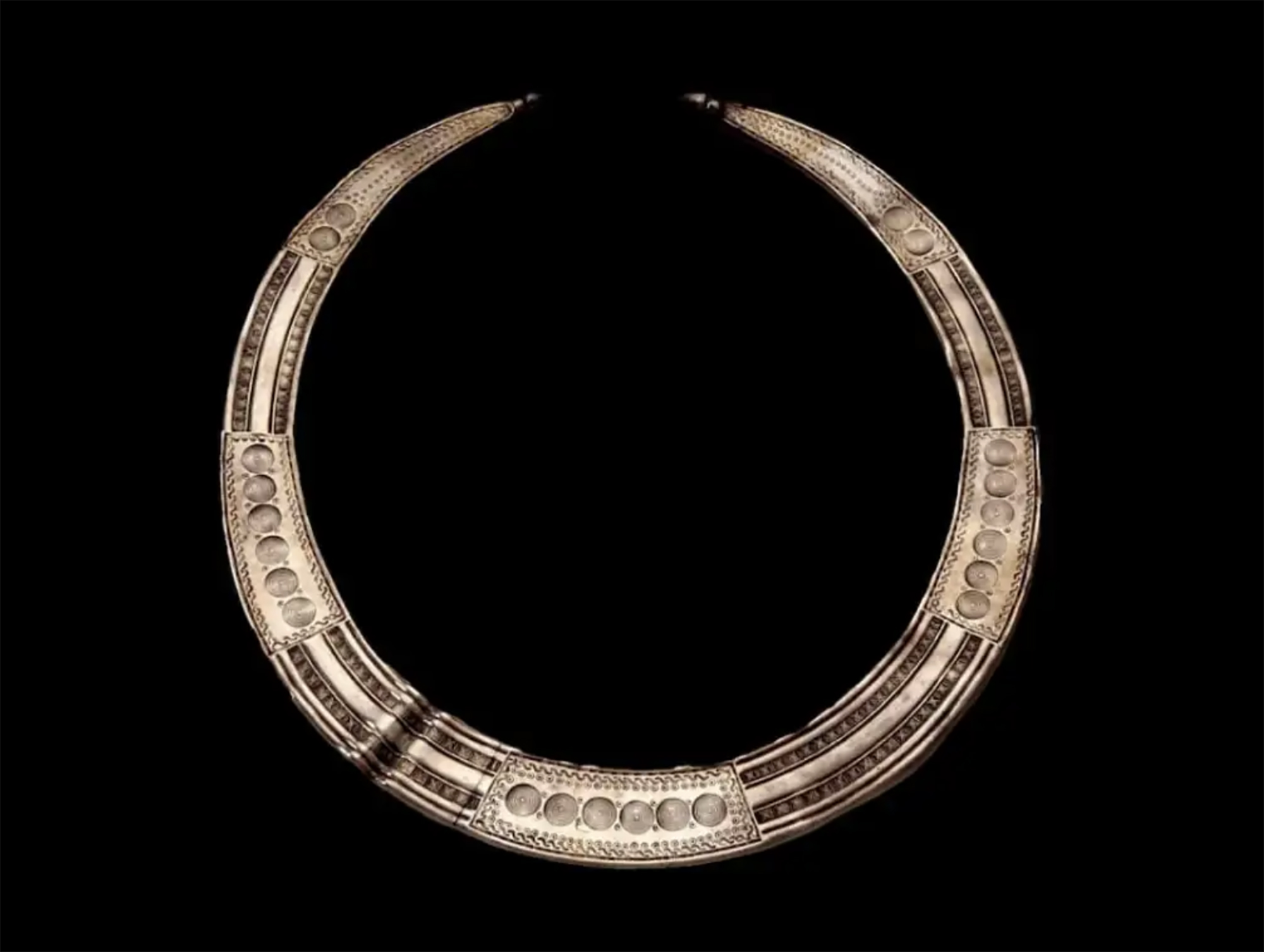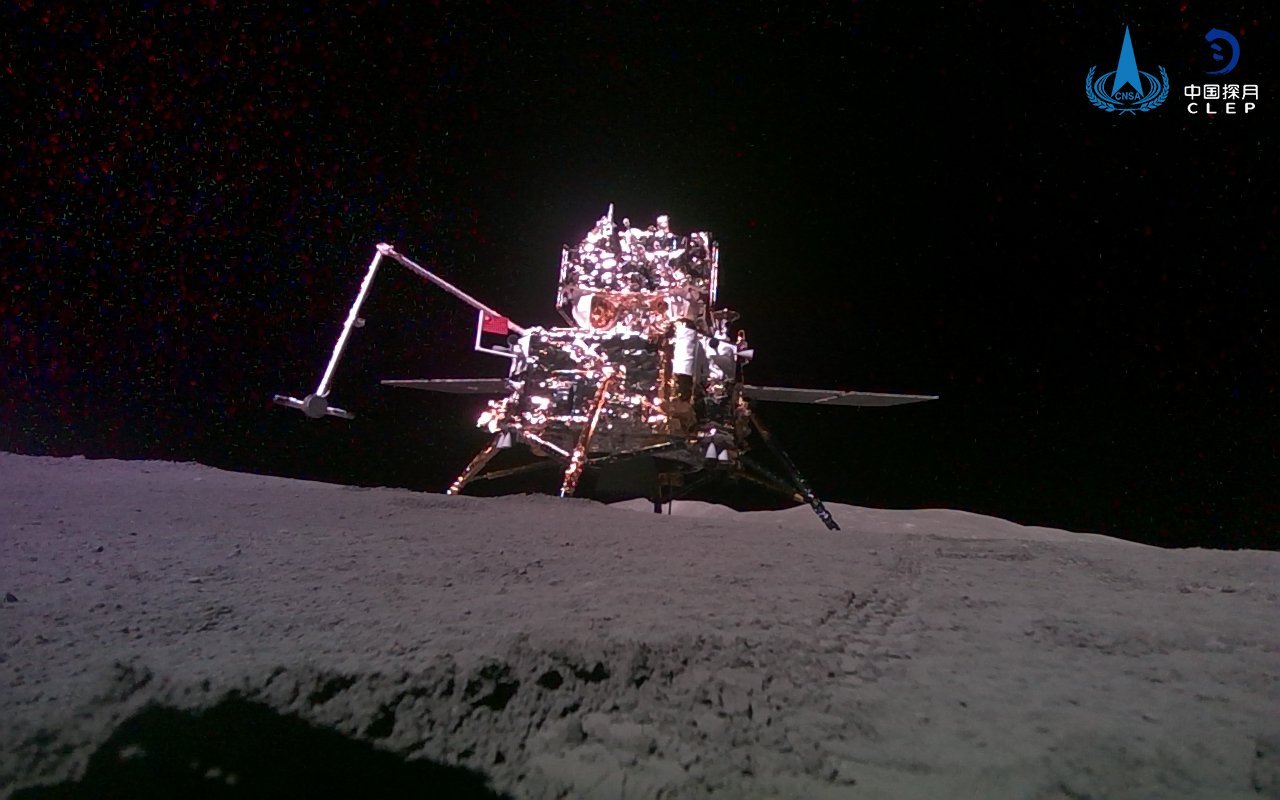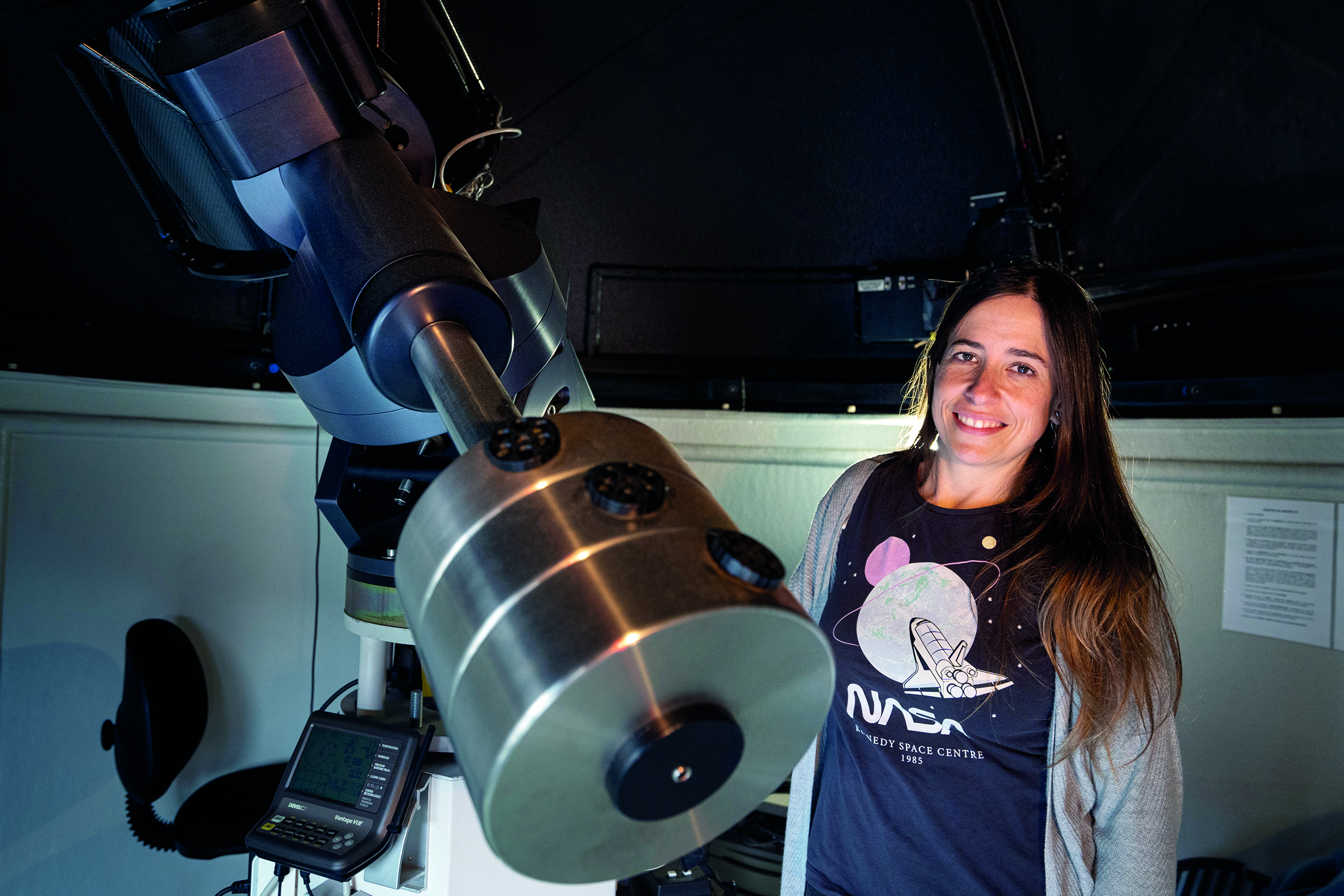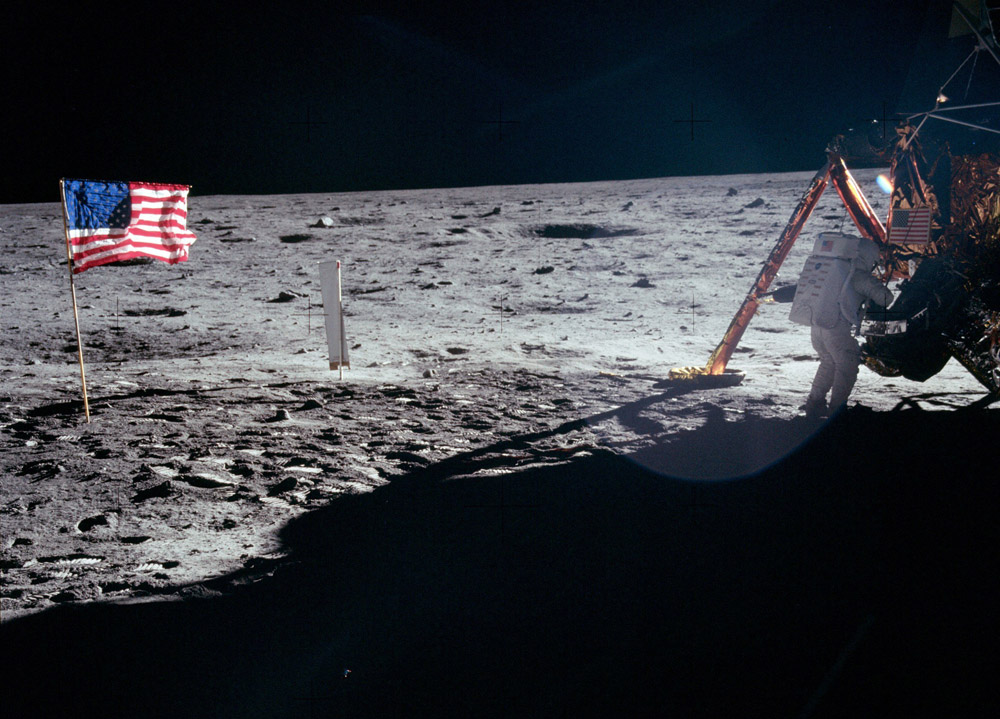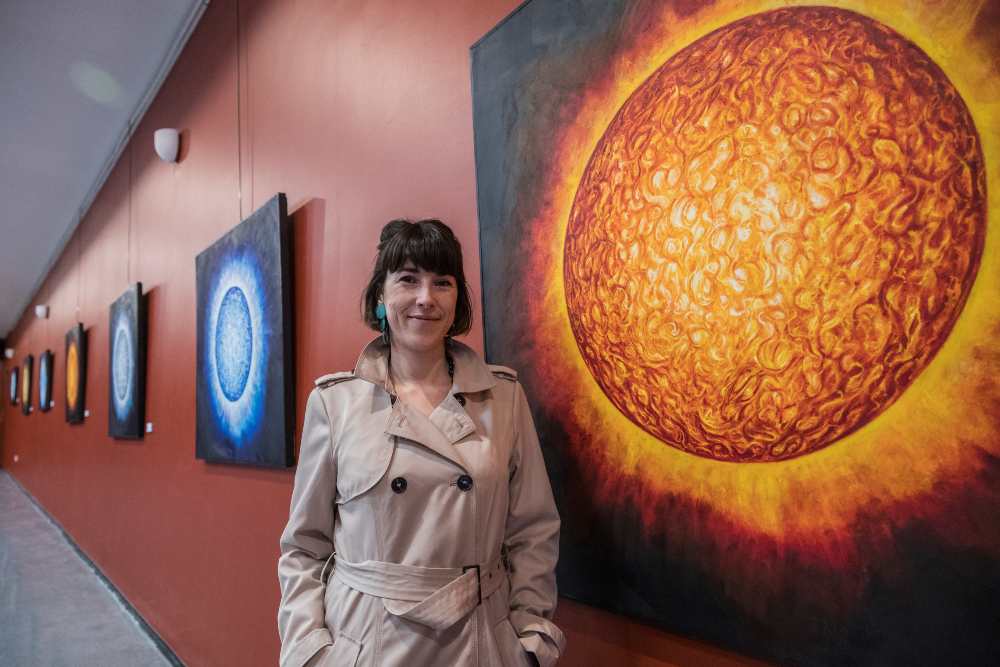Yesterday's technology, today's waste
- There can be no doubt that waste management provokes a debate in our society. However, there is a kind of garbage that accumulates unconsciously, is almost invisible and is above the heads of human beings, about 30,000 meters above. This is a space junk that is becoming a serious problem for space researchers.
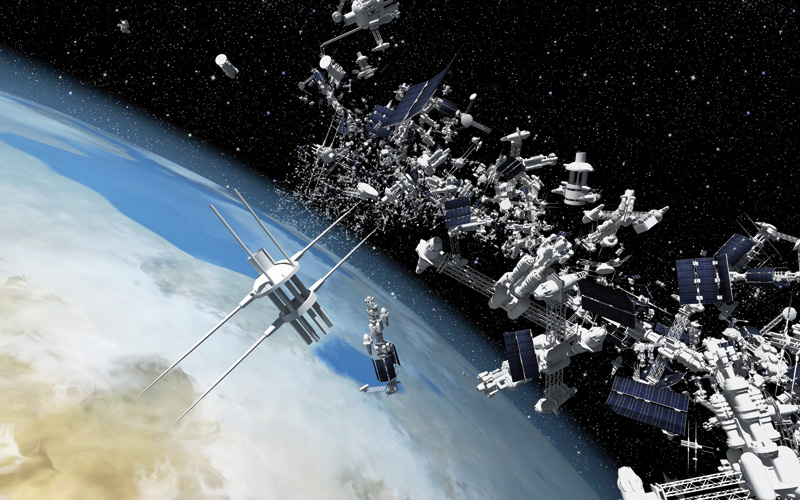
The word garbage may not be the most appropriate to define the materials in space, because what can be found in space is not the rejection or organic waste generated by astronauts. Most of them are pieces of iron and steel, drop pieces of old satellites and rockets.
A satellite is a driverless object designed to access space with autonomy. They are of various kinds: scientists, communication satellites, spying satellites... According to the mission, they will be designed to be in one orbit or another. Most of the devices are suspended in the lower orbit of the Earth, at a height of just over twenty kilometres. Satellite missions are of a fixed duration, filled with fuel and, once exhausted, no longer function. So they become worthless garbage.
Since the 1950s, hundreds of satellites and rockets have been launched by agencies like NASA, ESA (European Space Agency), FKA (Russian Federal Space Agency) and others. There are currently some 9,000 satellites in orbit. Most of them have done their work, and today they are the trash of space.
Agustín Sánchez Lavega is a professor of physics at the UPV and coordinator of the Aula del Espacio. He says that when they started sending tools into space, they didn't believe that accumulating objects would ever become a problem. But that has happened, and the problem is becoming more and more serious.
Almost any material in orbit will one day be introduced into the atmosphere, but this journey can last several hundred years. In the meantime, shocks occur when one satellite intercepts another’s path. Collisions do not produce large explosions on their own, but they do produce the fuels they contain. When a satellite completes its mission, it has remnants of fuel left, and they're usually very records.
Collisions between materials are becoming more frequent. As a result, the waste is divided into thousands of fractions: “According to the latest data, there are about 20,000 fragments in orbit of about ten centimeters,” says Sánchez Lavega, “they are small, but think about the damage that a block can do at a rate of 7.5 kilometers per second – 28,000 kilometers per hour – by hitting another block. That’s why the astronauts of the ISS (International Space Station) should be very careful with garbage.”
There are 20,000 fragments in orbit around 10 centimeters, they're small, but they can do a lot of damage when an individual of this kind hits at a speed of 7.5 kilometers per second.
The ISS is located in the lower Earth orbit, which houses most of the waste. Astronauts are constantly following the trajectory of all objects; if they have to go too close, the situation is considered very dangerous, and astronauts immediately evacuate the ship. A solution to these risks has long been put in place by international agencies. But cleaning up space is much more expensive than launching satellites.
Looking for iron stars
The plan for cleaning the trash in space is simple. On the one hand, they will be designed to automatically destroy the satellites of the future. Once their work is completed, the journey will be modified and thrown into the atmosphere to dissolve in it. Even if it sounds like a lie, until the last few years, engineers have not begun to develop this technology.
The recovery plan for waste already in space has two phases: classification and recovery. The classification of non-damaged satellites is not very complicated, as most of them are controlled by radars. However, Sánchez Lavega says that you have to look for separate rocket pieces: “Finding small and medium-sized fragments can be a very slow process. Unlike the larger satellite, the route of these small fragments is not planned, so you have to look for them with a telescope.”
The Spanish company Elecnor Deimos has just built three telescopes with the aim of locating the small trash in space. However, there are still few such telescopes, and as fragments become more and more numerous, contributions from astronomy enthusiasts remain important.
With regard to the largest residues, ESA has located them and intends to remove them from orbit in the coming years. Emmet Fletcher, an ESA engineer and responsible for the area of space garbage ensures that, with the exception of a few, the situation would improve: “If two or three large objects are removed in a study at the University of Austin each year, we can keep the situation under control.”
You can fish satellites.
In the late 1990s, international space agencies decided that we needed to reduce the amount of garbage in space. Everyone made their way. Fifteen years ago, the European Space Agency e.Deorbit developed a system that “weighs” trash.
“Through a harpoon or a network, we want to capture objects that weigh more than two tons. That’s why we say we’re going to fish,” says Emmet Fletcher. The English engineer believes that the amount of garbage must be reduced and designed so that the satellites of the future can survive longer.
However, catastrophic analyses are obvious: “Small pieces of rubbish are fast, they’re like bullets, and it’s true that our satellites are often damaged. But they're not like those dangerous waves of garbage from Wall-e. The width of the space is huge. We just have to avoid garbage accumulation.”
More sustainable satellites
In addition to “The Cleaning Cube”, e.Deorbit wants to be the beginning of a model change. Use fuel made from Hydrazine. Hydrazin is not a record high, so the damage that can be caused by explosions would not be so serious. In addition, it's not as contagious as other fuels. It is a permanent satellite e.Deorbit which it plans to use on several occasions. Once the trash has been moved into the atmosphere and burned e.Deorbit, it will be landing and re-used. Economic costs will thus be significantly reduced.
First of all, ESA will choose the piece to be destroyed and will follow it by radar. Once in the right place, they will pass through a harpoon of the piece to be removed or surround it with a network. This is the most complex part, because researchers don't know whether or not the materials they're rolling will be broken. Finally, e.Deorbit will change direction and move captured garbage into the atmosphere.
To be financed
This is the plan; however, in the event of success, ESA would like to develop more systems: “Looking ahead, we’d like e.Deorbit to fix and update satellites that are in orbit. If we extend the life of the devices, we don’t have to throw away so many satellites and we will generate less waste.”
The project is well developed by engineers, but they don't have a date to start using it yet. The problem is the decentralized structure of ESA: The organisation consists of 22 states, and the agencies of the 22 must agree to make decisions and, above all, to authorise economic resources. According to Emmet Fletcher, “if states don’t give money, we have a party. ESA holds ministerial congresses every four years and each group must present the evolution of its project and budget in order to renew its funding.”
This year is the year of a ministerial congress, and engineers working in the system e.Deorbit have already presented a budget. As they wait for the answer, 50 years ago the symbol of modernisation will continue to turn into rubbish on our heads.
Lurreko orbita baxua eta geoestazionarioa –espazioan dagoen objektua Lurreko puntu beraren gainean dago beti– dira espazioko “zabortegirik” handienak. “Orbita ugari daude”, dio Agustin Sanchez Lavega EHUko irakasleak, “baina sateliteak, motaren arabera, bi orbita horietan kokatzen ditugu gehienetan. Espioitza sateliteak, esaterako, lurretik ahalik eta hurbilen egoten dira, argazkiak onak izan daitezen. Hainbat satelite meteorologikok, bestalde, orbita geoestazionarioan egon behar dute, hau da, posizio egonkorrean. Horretarako 35.000 metroko altueran egon behar dute gutxi gorabehera”.
Chão de Lamas-eko zilarrezko objektu sorta 1913an topatu zuten Coimbran (Portugal). Objektu horien artean zeltiar jatorriko zilarrezko bi ilargi zeuden. Bi ilargiak apaingarri hutsak zirela uste izan dute orain arte. Baina, berriki, adituek ilargietan egin zituzten motibo... [+]
James Webb teleskopioaren lehen irudiak eta datuak aurkeztu dituzte: unibertsoari inoiz ateratako argazkirik sakonenak eta exoplaneta baten espektroskopia-datu zehatzenak. “Kosmosaren ikuspegi berri eta iraultzaile bat”, Bill Nelson NASAko administratzailearen... [+]











